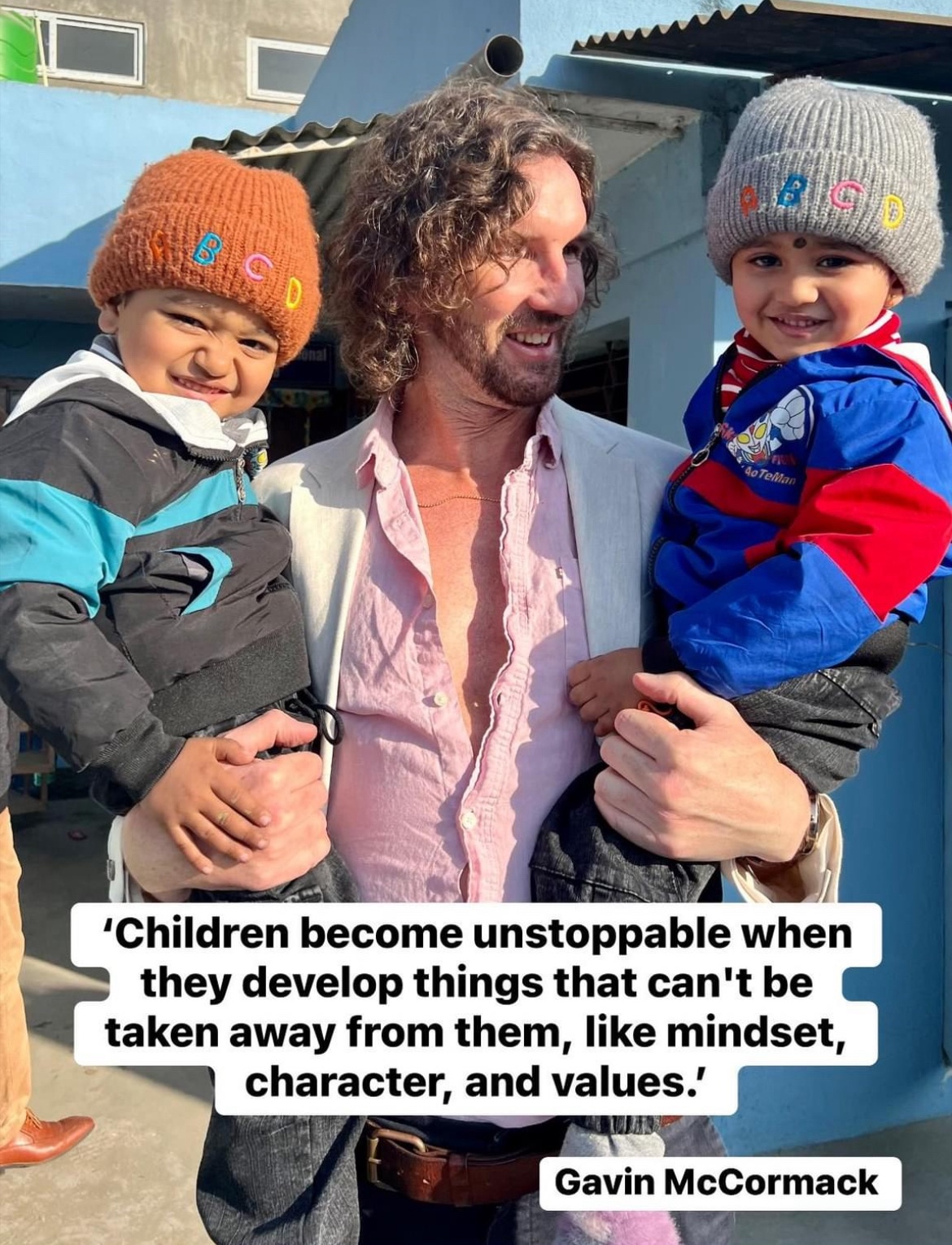Anxiety is a common emotion that can affect children of all ages. While some anxiety is normal, it can become overwhelming for children and interfere with their daily lives.
Here are 50 practical strategies that you, as a teacher or parent, can use to help children manage their anxiety and promote emotional well-being.

- Relaxation Techniques: Introduce deep breathing exercises, progressive muscle relaxation, or mindfulness meditation.
- Sensory Activities: Provide fidget toys, squeezing putty, or calming chews for sensory input.
- Worry Time: Designate a specific time each day to listen and validate their worries.
- Positive Self-Talk: Encourage positive affirmations and help them challenge negative thoughts.
- Journaling: Help them express their worries and fears through writing or drawing.
- Exercise: Engage them in regular physical activity to release endorphins and improve mood.
- Healthy Sleep Habits: Establish a consistent sleep routine for restful nights.
- Balanced Diet: Ensure they’re getting adequate nutrition to support emotional well-being.
- Open Communication: Create a safe space for them to openly discuss their anxieties.
- Role-Playing: Practice social interactions or challenging situations in a safe environment.
- Comfort Objects: Provide a stuffed animal or blanket for security and comfort.
- Visualization: Teach them to visualize calming images or happy places.
- Music Therapy: Play calming music or create playlists together.
- Laughter Therapy: Watch funny movies, read jokes, or engage in playful activities.
- Pet Therapy: Consider pet ownership for companionship and emotional support (if appropriate).
- Social Support: Encourage interaction with friends and loved ones.
- Support Groups: Connect with other children facing similar anxieties.
- Art Therapy: Let them express themselves creatively through art materials.
- Play Therapy: Use play to explore emotions and develop coping mechanisms.
- Cognitive Behavioral Therapy (CBT): Consider professional CBT to address negative thought patterns.
- Games: Engage them in calming games that promote relaxation and focus.
- Yoga: Introduce yoga poses and stretches for mindfulness and stress relief.
- Nature Walks: Spend time outdoors in nature to improve mood and reduce anxiety.
- Progressive Muscle Relaxation: Tense and relax different muscle groups to release tension.
- Diaphragmatic Breathing: Teach them deep breathing exercises from the diaphragm.
- Mindfulness Activities: Practice mindful eating, mindful listening, or other activities that focus on the present moment.
- Journaling: Encourage them to write down things they’re grateful for.
- Rewards System: Implement a reward system for coping with anxiety-provoking situations.
- Positive Visualization: Help them visualize themselves succeeding in challenging situations.
- Relaxation Apps: Explore relaxation apps with guided meditations or calming exercises.
- Storytelling: Read stories about characters overcoming challenges.
- Relaxation Massage: Provide a gentle massage to promote relaxation.
- Breathing Exercises: Practice blowing bubbles, pinwheels, or feathers to encourage slow breaths.
- Acupressure: Apply gentle pressure to specific points on the body.
- Aromatherapy: Use calming essential oils like lavender or chamomile (with caution).
- Sensory Bottles: Create calming visual experiences with glitter or water beads.
- Weighted Blankets: Provide deep pressure stimulation for relaxation.
- Music Composition: Encourage them to compose calming music.
- Silly Walks: Engage in silly walks or movements for stress relief.
- Bubble Play: Blowing bubbles can be a fun and calming activity.
- Fort Building: Create a cozy fort for relaxation and security.
- Laughter Yoga: Participate in laughter yoga sessions for shared laughter and joy.
- Body Scan Meditation: Practice focusing attention on different parts of the body.
- Progressive Muscle Relaxation for Kids: Use age-appropriate language for muscle relaxation exercises.
- Mindfulness Coloring: Engage in coloring activities that promote focus and relaxation.
- Gratitude Jar: Create a jar to write down things they’re grateful for.
- Breathing Games: Play games that involve blowing or inhaling slowly.
- Mindful Eating: Encourage them to savor their food and eat slowly.
- Visualization for Sleep: Help them visualize calming scenes for better sleep.
- Relaxation Techniques for Bedtime: Develop a bedtime routine with calming activities.








